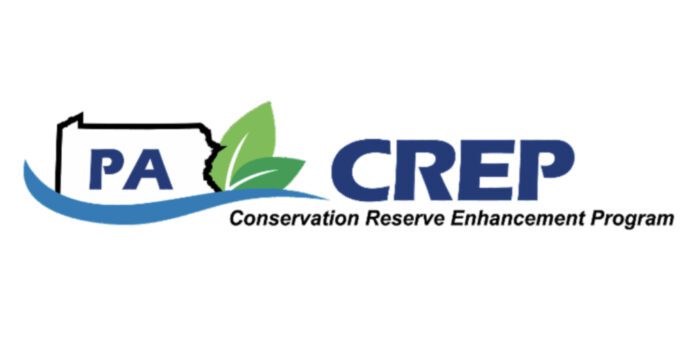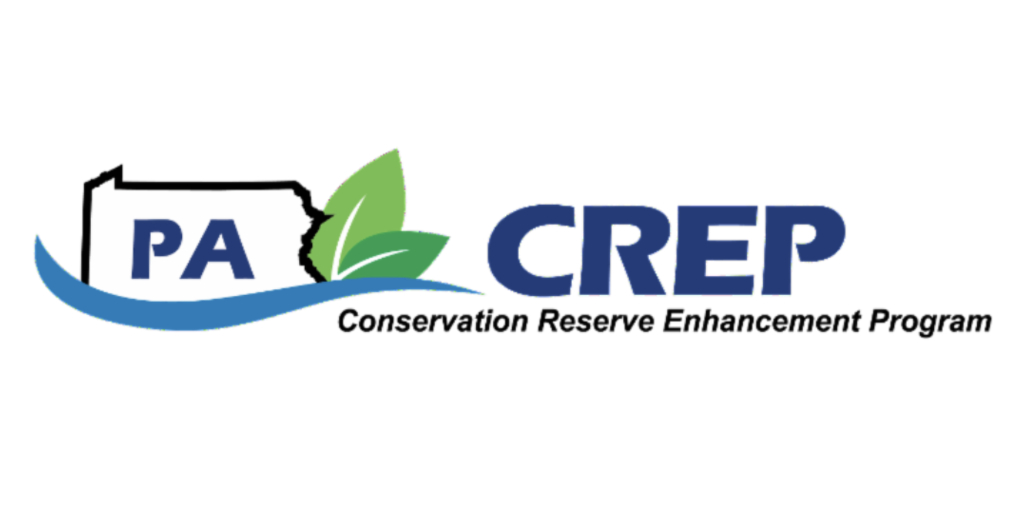Government program pays landowners to retire or restore acres that erode easily or flood often
HARRISBURG, Pa.–(BUSINESS WIRE)–#CREP–The Conservation Reserve Enhancement Program (CREP) has announced its latest program performance metrics, which include more than 82,000 rural acres across the Chesapeake Bay, Delaware River, and Ohio River basin watersheds currently enrolled and set to receive support for conservation projects or other improvements. CREP, a program administered by the U.S. Department of Agriculture’s Farm Service Agency (FSA), pays farmers and landowners to retire or restore land that erodes easily or floods often.
CREP is designed to improve water quality, benefit wildlife through habitat development, and reward participants for doing their part to help the environment. In the latest performance measures released by FSA, CREP support for lands in Pennsylvania amounted to more than 5,000 current program contracts, of which more than 3,500 are rural farms enrolled in the program.
“PACD, which represents all 66 county conservation districts in Pennsylvania, is excited about the environmental improvements resulting from the CREP program,” said Brenda Shambaugh, Executive Director of the Pennsylvania Association of Conservation Districts. “We are grateful for the landowners enrolled in CREP who are doing their part to protect our natural resources. Controlling water pollution benefits all Pennsylvanians and helps to ensure enough clean water for future generations.”
Farmers and landowners enrolled in CREP receive payments per acre to help fund forested buffers along streambanks, build water facilities for livestock, install fencing, and other conservation projects to keep flooding and erosion at bay.
Michael Sherman, a cattle farmer in Montgomery, PA, enrolled in CREP to reduce pollution traveling downstream to the Chesapeake Bay. His CREP contract provided payments per acre to fund riparian buffer planting, streambank fencing, and an off-stream watering facility. Prior to these conservation projects, Sherman’s large herd of cattle would often stand in the stream, leaving behind manure deposits and contributing to streambank erosion from hoof traffic.
“Anyone with livestock knows, as you start building numbers, you can accumulate environmental consequences pretty quickly,” said Sherman.
Now, the CREP-funded fencing and buffer help reduce that impact by redirecting cattle to their new watering facility. The cows have access to clean hydration, and the stream clarity on Sherman’s farm has improved. He has even seen a return of native brook trout to the waters. But Sherman noted that the benefits don’t end on his property.
“If I can do [what I can] on this half-mile of stream on my property, and the next guy does the same on his, it’ll eventually find its way down to the Bay, in a lot better shape than when it started,” said Sherman. “We all live upstream of somebody.”
About CREP
The Conservation Reserve Enhancement Program pays farmers and landowners with flood-prone or erosion-prone land to restore or retire their marginal acres. As a 100% voluntary program, landowners sign a 10-15-year contract that reimburses them for the cost of conservation practices such as replanting trees, creating forested buffers, adding fencing, and providing wildlife habitats. Enrollees then receive annual rental payments between $20 and $230 per acre for each year of the contract. CREP is administered by the USDA Farm Service Agency in cooperation with Commonwealth agencies. To learn more about CREP and how to enroll in the program, please visit: https://www.creppa.org.
Media Resources
Download the CREP Press Kit
Contacts
Brenda Shambaugh
Executive Director
Pennsylvania Association of Conservation Districts
Email: BShambaugh@pacd.org







